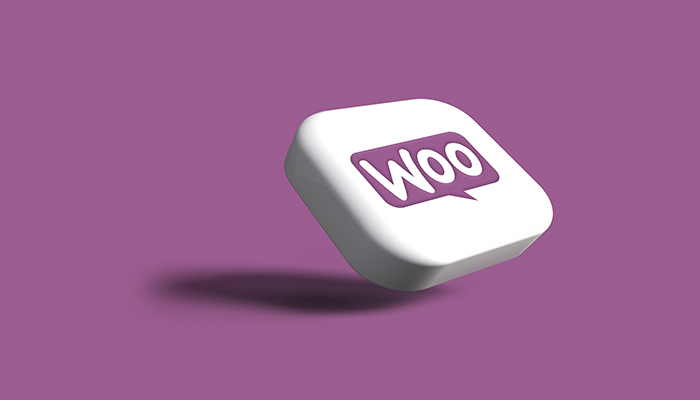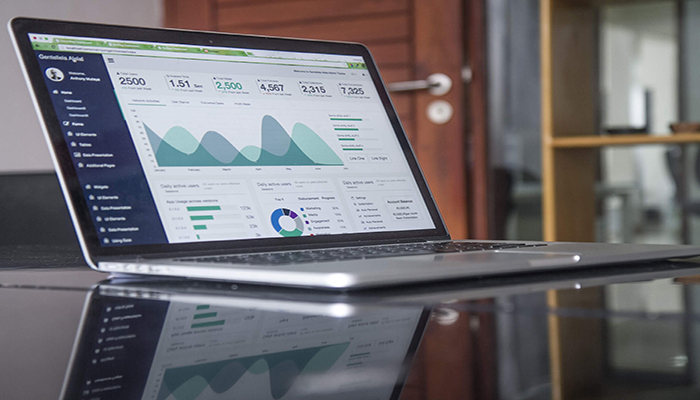Are you running an e-commerce business and using WooCommerce for your website? If so, then you know the importance of having a website that runs smoothly and efficiently.
Unfortunately, there are times when WooCommerce performance issues can arise, leading to lags or errors in loading or displaying content on your site. These issues can lead to lost customers and revenue opportunities if not addressed quickly and correctly.

Fortunately, there are some steps you can take to diagnose and fix any WooCommerce performance issues quickly so that your online store is running at peak efficiency again.
In this article, we’ll discuss the most common causes of these problems as well as how to identify them before they become too severe.
We’ll also provide tips on optimizing your WooCommerce store for maximum speed and reliability so that you never have to worry about these kinds of problems again.
Table of Contents
Finding the Root of the Issue
The first step to fixing any WooCommerce performance issues is understanding the possible causes and determining which ones affect you.
Some of the most common culprits include slow server response times, excessive plugin use, inadequate hosting resources, unoptimized database queries, and outdated software or plugins.
Additionally, there can be conflicts between your theme and plugins, CSS and JavaScript errors, or poor-quality code.
Server Response Times
This is one of the most common problems and can be caused by a number of factors. If your hosting company is unable to provide the resources you need or if you’re using an outdated server, then that could be causing slow response times. Additionally, excessive plugin usage can lead to too much strain on the server.
To determine if this is your issue, you’ll first want to run a speed test on your website and compare the results to other similar sites. For more accurate result, you can seek help from many agencies, listed at many agency listing. If you find that you are significantly slower than them, then it could be due to server response times. You can also use tools like GTmetrix or Pingdom to get more specific details about where the bottlenecks lie.
Of course, there are multiple ways to fix this issue. First, you can switch to a better hosting company or upgrade your current plan to get more resources.
Alternatively, you can reduce the number of plugins you’re using and start using caching plugins to help speed up page loading times.
Inadequate Hosting Resources
Another common issue is inadequate hosting resources. This is usually caused by either not having enough RAM or storage space to run your website efficiently or by having a hosting plan that is not optimized for WooCommerce.
If you find yourself in this situation, then the best solution is to upgrade your current plan or switch to a better hosting company with more resources. Additionally, you can use caching plugins and other optimization techniques to reduce the strain on your server.
Unoptimized Database Queries
Database queries are an essential part of any website and can be a major contributor to slow performance.
If you find that your queries are not optimized, then it’s important to take the time to optimize them so that they run more efficiently. You can do this by using tools like WP-DBManager, WP Optimize, or Query Monitor to identify and address any slow queries.
As well as that, you can use plugins like Autoptimize or W3 Total Cache to help improve query performance as well as page loading times.
Outdated Software/Plugins
Another common cause of WooCommerce performance issues is outdated software or plugins.
Outdated plugins can cause conflicts between different parts of your website, which can lead to slow page loading times and other issues. To fix this problem, you should always make sure that all your software and plugins are up to date.
Even if you’re sure everything is up-to-date, make it a habit to check for updates regularly, as these can help improve the performance of your website by fixing bugs and other potential issues. The number one way you can determine if this is the root of your issue is to run a speed test and compare the results to those of other websites.
Optimization Tips
The last step to improving WooCommerce performance is optimization. There are a few different ways you can do this, and we’ll cover all of them below.
Caching Plugins
Caching plugins are a great way to speed up page loading times and improve overall performance. Some of the most popular caching plugins include WP Super Cache, W3 Total Cache, and Autoptimize.
These plugins work by creating static copies of your website’s pages and serving them up to visitors instead of having to load the entire page from scratch every time it is requested. This can dramatically reduce page loading times and improve overall performance.
Optimizing Images
Another great way to optimize WooCommerce performance is to optimize your images.
Large images can take a long time to load, so it’s important to make sure that they are optimized for the web. This can be done by using tools like Photoshop or other image optimization software.
Optimizing your database
You should also take the time to optimize your database. This can be done with tools like WP-DBManager or WP Optimize. These tools can help reduce the size of your database and improve query performance, resulting in faster page loading times.

Why Is Optimization Important?
Optimization is a key part of improving WooCommerce performance, as it can help reduce page loading times and make sure that your website runs smoothly.
By taking the time to optimize your hosting resources, database queries, outdated software/plugins, and images, you’ll be able to get the most out of your website and ensure that customers have a positive experience.
After all, we live in a competitive world regardless of what industry you’re in. This means that customers expect a certain level of quality and performance when they visit your website.
Take the time to optimize your WooCommerce store, and you’ll be able to reap the rewards in terms of increased sales, better customer satisfaction, improved overall performance, and increased brand awareness.
The last point is definitely the most important one, as having a recognizable brand means everything in the world of e-commerce. The internet is huge, so it can be hard to stand out from the crowd.
By following a few examples of corporate branding like the Nike swoosh, you can create an iconic logo and brand identity that customers will remember. This can help set you apart from the competition and make your WooCommerce store more successful.
Are There Benefits to Using WooCommerce?
With so many key issues and tips for optimization, it’s only natural to wonder if the platform is worth it in the first place. If you’re new to the e-commerce world, here’s what you need to know about WooCommerce and how it can be beneficial for your business.
Manage Your Product Catalog
One of the biggest benefits of using WooCommerce is that it makes managing your product catalog easy. You can easily add, remove, and update products with just a few clicks.
You can also set up categories and tags for easier organization of your catalog. This kind of organization is essential for any e-commerce store, as it helps customers find what they’re looking for and makes the shopping experience more enjoyable.
Secure Payment Options
Another benefit of using WooCommerce is that it offers secure payment options.
Several popular payment gateways supported by WooCommerce, such as PayPal and Stripe, make it easy to accept payments from customers securely. This helps to ensure that customer data is safe and secure and also makes the checkout process simpler for customers.
Track Your Customers & Sales
WooCommerce also lets you track customer information and sales data. This can be useful for marketing purposes, as you can see which products are selling well and target those customers with special offers or discounts.
This kind of detailed reporting is essential for any business, so it’s great that WooCommerce includes this feature.
Use Your WordPress Knowledge
If you’ve dealt with WordPress before, you’ll have a much easier time adjusting to WooCommerce.
Many of the features and functions are similar, so you’ll be able to use your existing knowledge to quickly get up to speed. This can save a lot of time in the long run, as you won’t have to learn an entirely new system.
As well as that, it’s important to mention that WooCommerce was built on WordPress, so it is easy to integrate with other plugins and themes. This means that you can use your existing knowledge of WordPress to build an attractive and functional e-commerce store in no time.
Conclusion
In conclusion, WooCommerce may come with some performance issues, but with the right optimization strategies and tools, you can get the most out of your store.
The potential benefits of using WooCommerce are endless – from managing product catalogs to securing payment options and helpful reporting.
As long as you regularly take the time to optimize WooCommerce and use the features available, your store will be running smoothly in no time.
Author Bio
Sophie Douglas is a digital marketing specialist and a journalist based in Columbus, state of Ohio.
Her characters are passionate, innovative, and ambitious.
Before becoming a writer for DigitalStrategyOne, she was writing short stories, screenplays, and directing short films.
Follow – https://viraldigimedia.com for More Updates